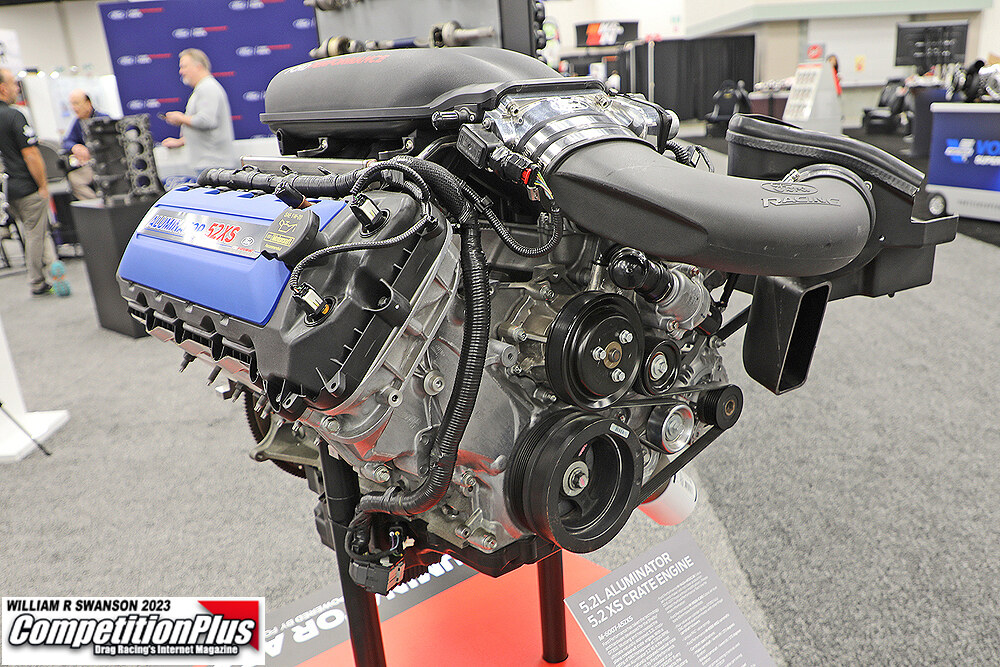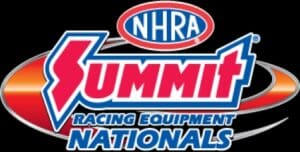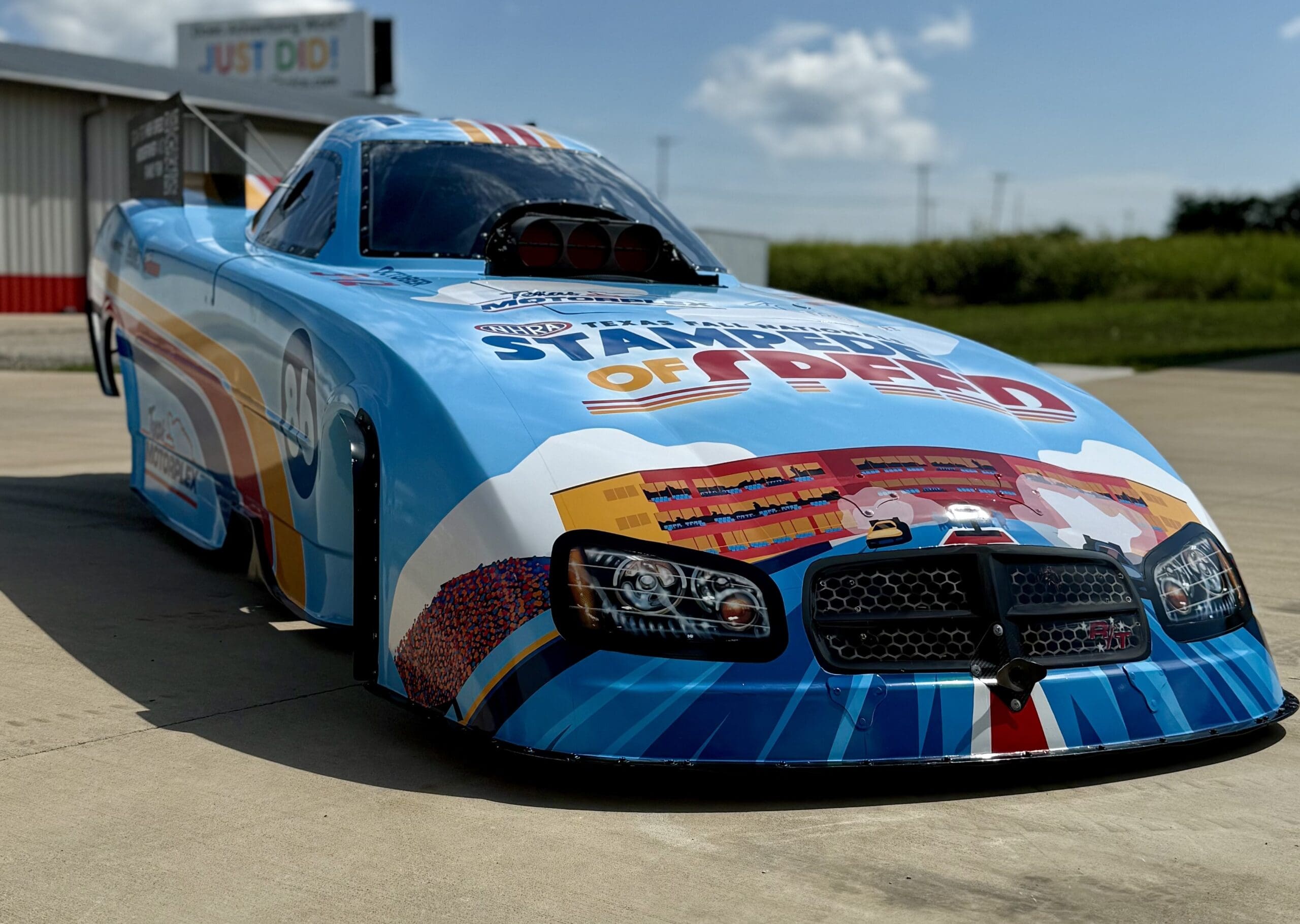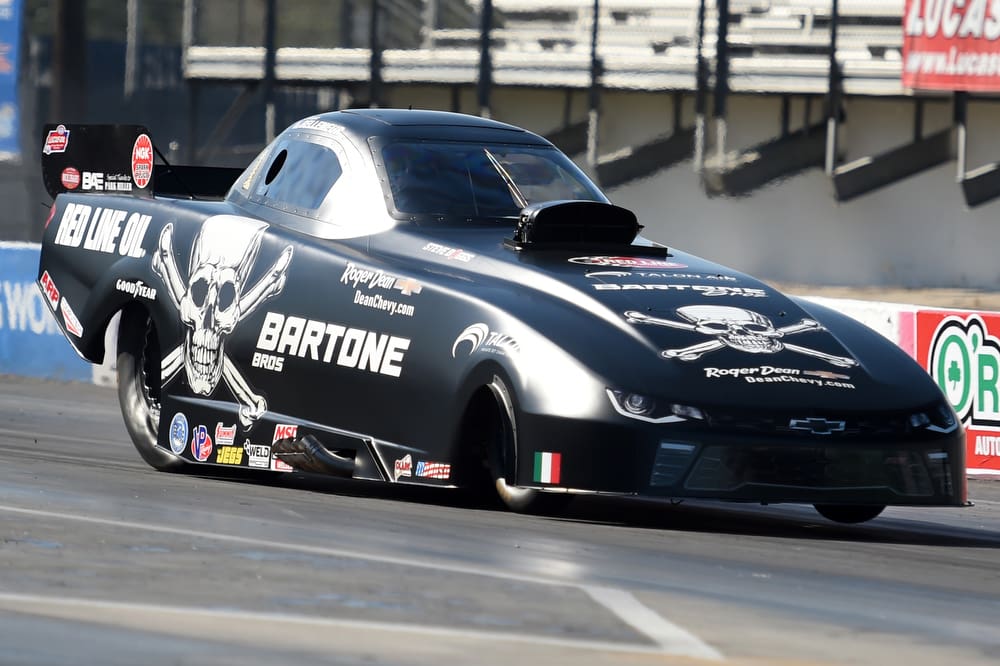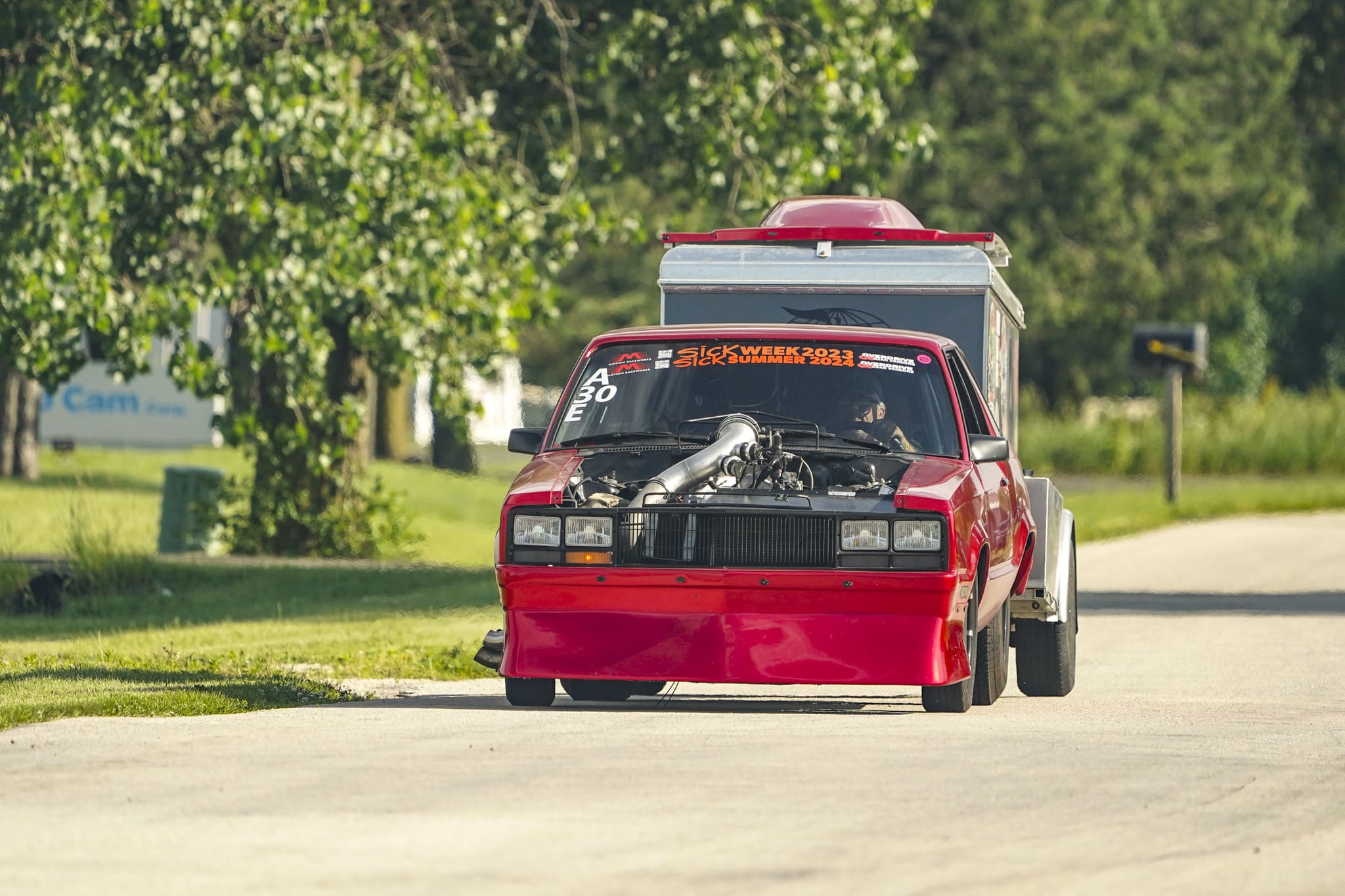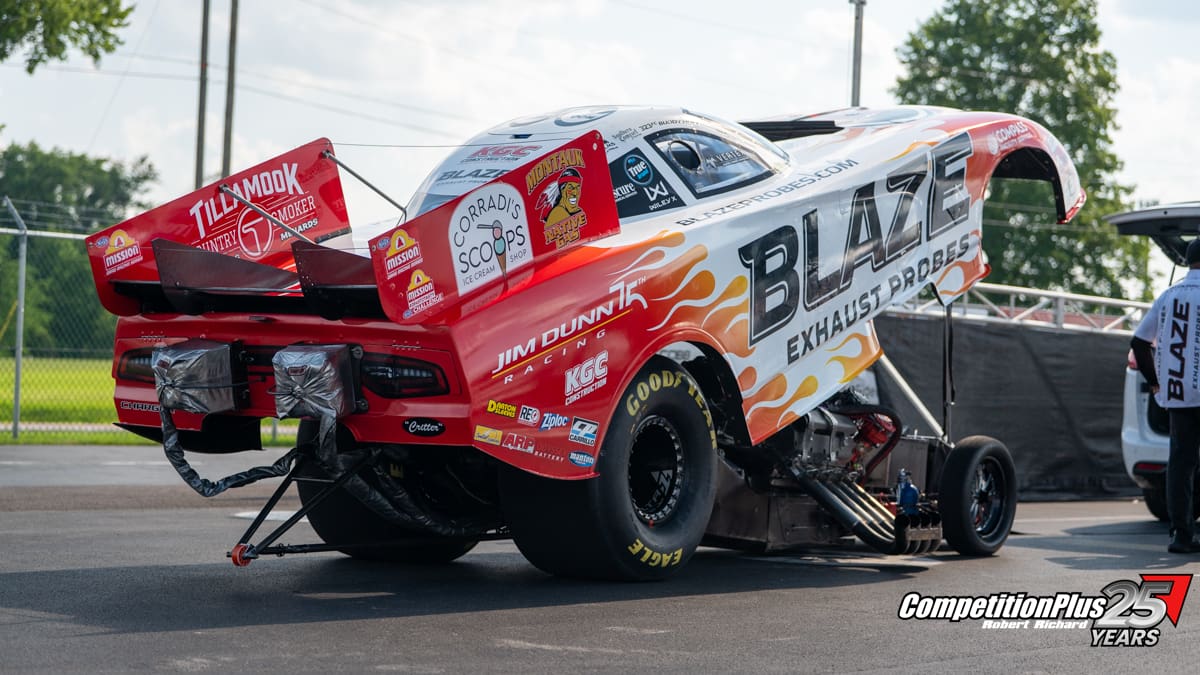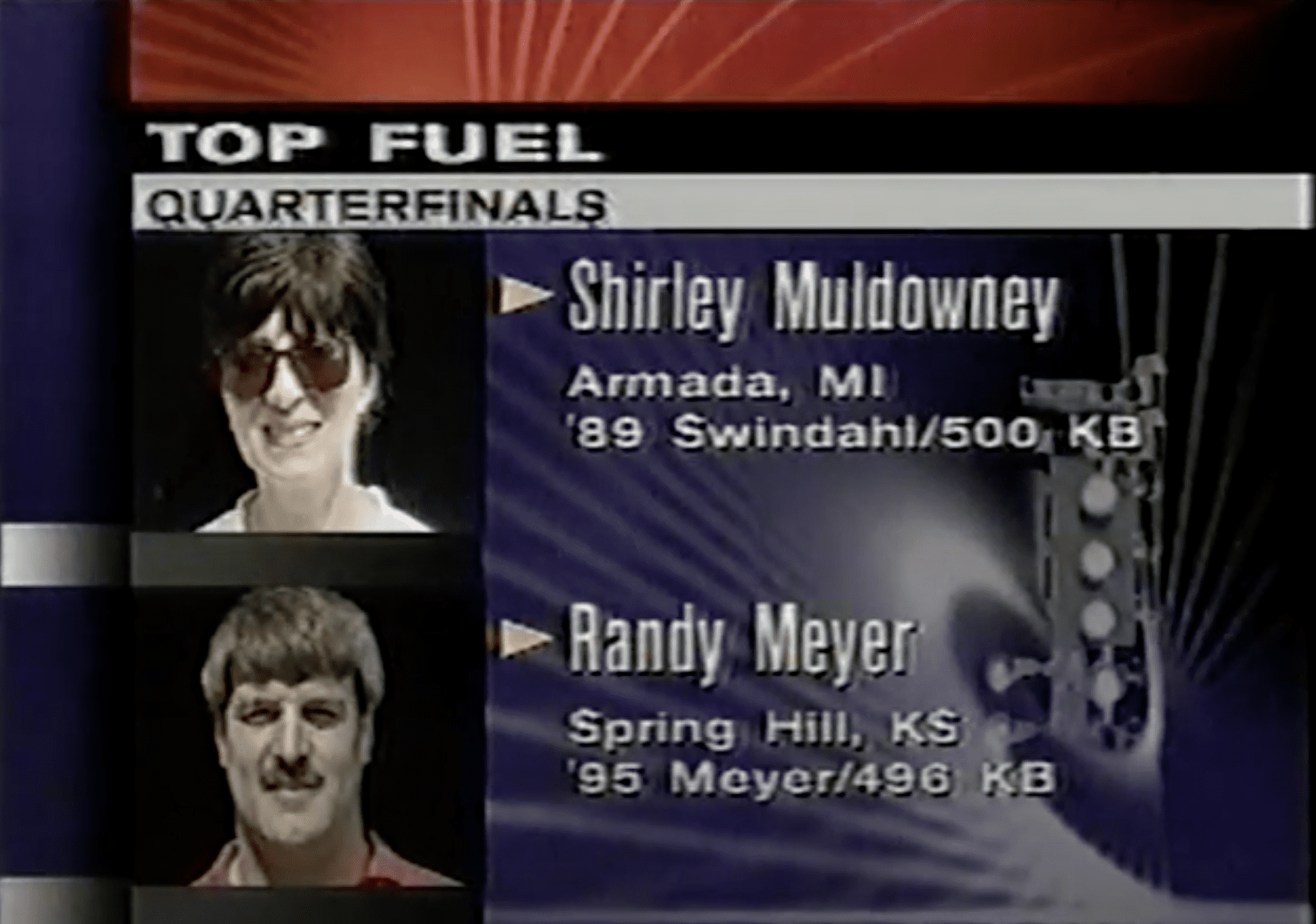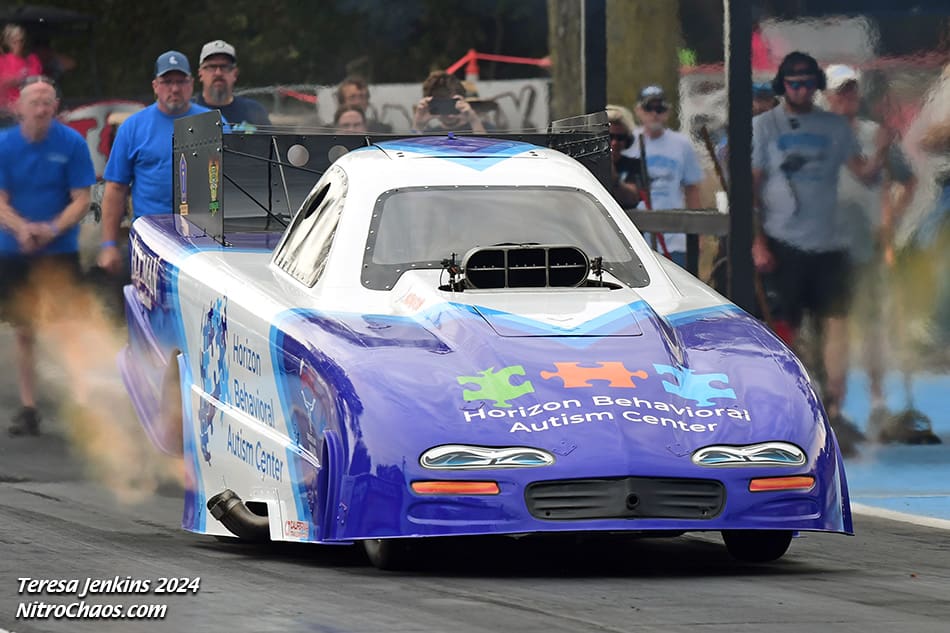 Who could forget it, that photo — that centerfold!?
Who could forget it, that photo — that centerfold!?
Stretched out on a bearskin rug, showing plenty of bare skin himself in just his undies, a pair of knee-high socks, and a pair of tennis shoes . . . with his trademark cigar clenched between his teeth, Jenkins struck a distinctive pose. And that’s just what he did with the colorful 81 years he lived and breathed Pro Stock drag racing.
Bill “Grumpy” Jenkins, a Pro Stock pioneer (some say THE Pro Stock pioneer), was defiant, a nonconformist. He definitely was a free-thinker and a mechanical maverick with an extraordinary mind for innovation, still testing and tinkering in his final days. He passed away March 29 after a brief illness.
But memories of the curiously cranky Jenkins live on in the NHRA, particularly in the Pro Stock pit. For a fiercely competitive but closely knit Pro Stock contingent that just two weeks before said good-bye to class pioneer Buddy Ingersoll, news of the notorious Northeasterner’s passing left another void.
The consensus is that like his way or not — and Jenkins didn’t spend much time worrying who was in which camp — “The Grump” was authentic, for sure a “one-off,” a one-of-a-kind drag-racing rarity.
Longtime drag-racing publicist Dave Densmore, citing the sport’s first dry-sump oiling system that took the load off crankshafts, said that nothing Jenkins did was cookie-cutter as he worked to perfect performance enhancers. “He was for anything that would make more horsepower, he said, especially appreciating Jenkins’ spoof of engineering espionage in the pits.
“He was the first one to start covering the engines,” Densmore said. “There was nothing under the cover — they were working on the engine somewhere else. So there was nothing under there. But everybody was dying to see what was under there. He was the master of misdirection.”
Densmore said it with a laugh, and that’s how most of Grumpy Jenkins friends recounted the pushy and prickly Pennsylvanian. Jenkins, for all his aggressive attributes, made his colleagues chuckle, even if his quirks were comically, outrageously inappropriate.
Just mention Jenkins’ name and buddies such as Ron Krisher would start with, “Oh my.” Their memories were a tangle of respect for Jenkins’ inventive genius and their astounded incredulity that he could get by with such mind-blowing mischievousness.
Corporate summaries of Jenkins’ contributions focused on his reputation for his surgeon-like knowledge and skill in operating on the internal-combustion, normally aspirated engine. Jenkins protégé Dave Connolly (now crew chief for Erica Enders at Victor Cagnazzi Racing) recalled “such a hands-on guy who was intrigued by such a complex engine.”
They talked, as NHRA President Tom Compton did, of Jenkins’ “integral role in the formation of Pro Stock” and even his “trademark gruff exterior and cigar.”
They recalled that Jenkins won the first Pro Stock event and that a 2001 panel of experts voted Jenkins No. 8 among NHRA’s all-time greatest racers. They mentioned his induction into the Don Garlits International Drag Racing Hall of Fame in 1993, the Motorsports Hall of Fame at Novi, Mich., in 1996, and the International Motorsports Hall of Fame in 2008 — and his star status in the Car Craft Magazine All-star Drag Racing Team balloting.
They cited his advancements — the first kickout oil pans and Pro Stock strut-style front suspension, gas port pistons, slick-shift manual transmissions, cool cans, and the electric water-pump fan.
Jim Campbell, General Motors’ U.S. vice-president of performance vehicles and motorsports, said in a statement, “For more than half a century, Bill was a guiding light and inspiration for grassroots drag racers across America. As a driver, master engine builder, and championship-winning team owner, he was an irresistible force in Pro Stock for decades. Bill’s engineering legacy is embodied in many of Chevrolet’s high-performance and racing components.”
But, Krisher said fondly, “Mostly it was about smoking cigars and drinking beer after the races, and he did a whole lot of that. And he could swear the hat off your head, I can tell you that.
 Courtesy of Moroso“He was a pretty smart man,” Krisher said. “He and Warren [six-time champion Johnson] made Pro Stock what it is today. Everything had been about the Dodges and Grump was the dragon-slayer. The Dodges and Plymouths were the rage, and he turned that upside down. He beat ’em all up. They were flabbergasted. He was the king of the hill through the [19]60s. He was so unconventional it was beyond belief — but it worked. And he built a heck of a customer base.”
Courtesy of Moroso“He was a pretty smart man,” Krisher said. “He and Warren [six-time champion Johnson] made Pro Stock what it is today. Everything had been about the Dodges and Grump was the dragon-slayer. The Dodges and Plymouths were the rage, and he turned that upside down. He beat ’em all up. They were flabbergasted. He was the king of the hill through the [19]60s. He was so unconventional it was beyond belief — but it worked. And he built a heck of a customer base.”
Krisher first met Jenkins at Quaker City Raceway (now Quaker City Motorsports Park) in Salem, Ohio, in 1968. But Pro Stock racer V Gaines said, “Like most people, I first saw him when I was hanging on the fence, watching him run Glidden and Warren. It wasn’t until years later that I got to know him. We shared cigars, drinks, and stories.”
The cigar-sharing usually was something Jenkins orchestrated.
“He’d come over to our pit, usually on Saturday night after we got done racing, and he’d visit for awhile and then go on to the next pit — with a few more of my cigars,” Gaines said. “The doctor told him he should stay away from cigars, so he figured if he didn’t buy them, he was OK.”
What Gaines said he loved was Jenkins’ “in-your-face” manner. “So much witticism. And he always wanted to throw you off a little bit,” he said.
A reporter once asked Jenkins, Gaines said, what he thought about the effort to develop lighter-weight crankshafts, if that was a good thing. Jenkins replied, “Well, it’s good for the UPS man.”
Four-time Pro Stock champion Greg Anderson said he didn’t profess to be a close friend of Jenkins, but said, “Everybody respected the guy. All I know is he was real cool. He oozed cool.”
Some people at the Philadelphia airport might not have appreciated his coolness, his brashness that folks at the racetrack understood. Mike Dunn, the former racer and current ESPN drag-racing broadcast host, remembered with a guffaw that at the airport, when the boarding began, Jenkins used to “plow in front of the line, ahead of everybody — women and children, people in wheelchairs, you name it. When they said it was time to get on the plane, he walked right up and got on the plane.”
Jenkins loved his notebooks, left sacks of them behind. Perhaps only he could decipher all the jottings in them. But one thing is sure — he liked the ones that would fit in the back pocket of his britches. And when stationery companies stopped making the size notepads he preferred, Jenkins took matters into his own hands. He stuck the bigger notepads into the race-car machinery to cut them down to the desired size.
“We had shredded paper everywhere,” Connolly said, laughing at the sight. “It was a mess.”
Said Anderson, merely by observation, “The name they gave him fits.”
Todd Bevis, Cagnazzi Racing chassis and car builder and head of the team’s fabrication group, said of Jenkins, “For all his grunts and growls and sounds you couldn’t understand, if you were talking technical stuff, you could understand him clearly. If he wanted to speak with you, he could speak very clearly.”
He said he watched Jenkins, who didn’t polish any people skills he might have had and quickly bored with signing autographs, snap at the fans who tried to get his attention. “And people loved it! For some reason, people thought that was the coolest thing, to be yelled at by Grumpy Jenkins.”
Jenkins probably scolded Connolly a fair bit in trying to mold him into the smart racer and now crew chief he has become. But Connolly said his time with Jenkins “was pretty entertaining. Those probably were the funnest years I’ve ever had. It was a true honor to work with a guy of his stature. He taught me so much about . . . just life-things.”
Connolly said Jenkins’ passing “hit me hard.” He learned of it immediately after stepping off the plane, arriving at Las Vegas for the recent SummitRacing.com Nationals. “He’ll definitely be missed. It’s crazy all the people he touched. The only ones who won’t miss him are rental cars and trailers — every day when he left the track, he was going to back into something accidentally there in the last few years.
“He definitely enjoyed this life,” Connolly said. “Maybe not everything was perfect, but he did it his way. He wasn’t there to please anybody. He definitely was not going for Mr. Fitness — and I don’t think he’d take any of it back.”
Two-time and reigning Pro Stock champion Jason Line said Jenkins “was a legend in a sport where we don’t have a lot of legends these days. I don’t think he set out to be a legend, but he had a passion for cars, and he became one. He had 81 good years, and until this last year, he still kept working on stuff. His guys were in the shop. His mind was always going.”
And many of today’s generation of Pro Stock racers would echo Line, who said, “I’m glad I got to run with him and against him at the tail end of it.”
And with that, Bill “Grumpy” Jenkins has closed up shop.















